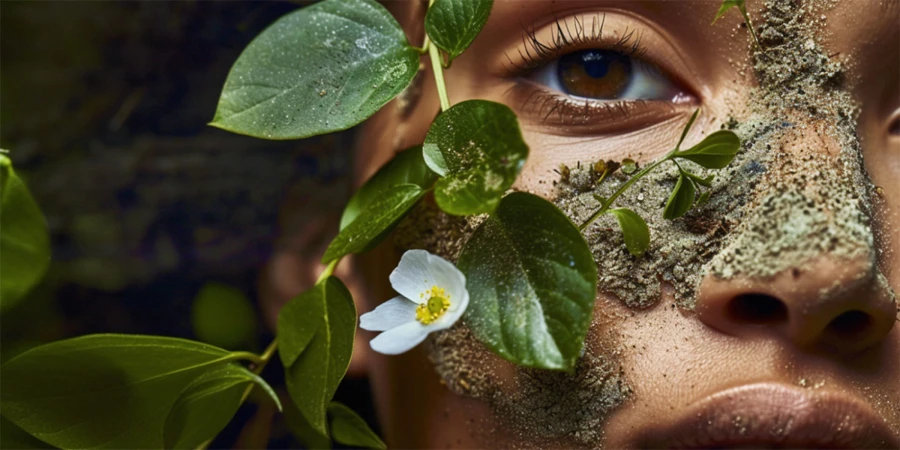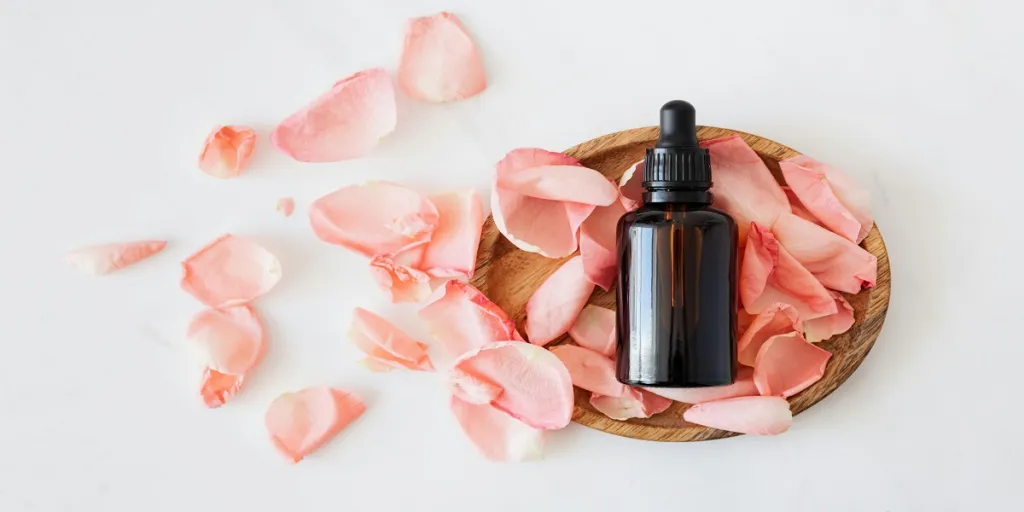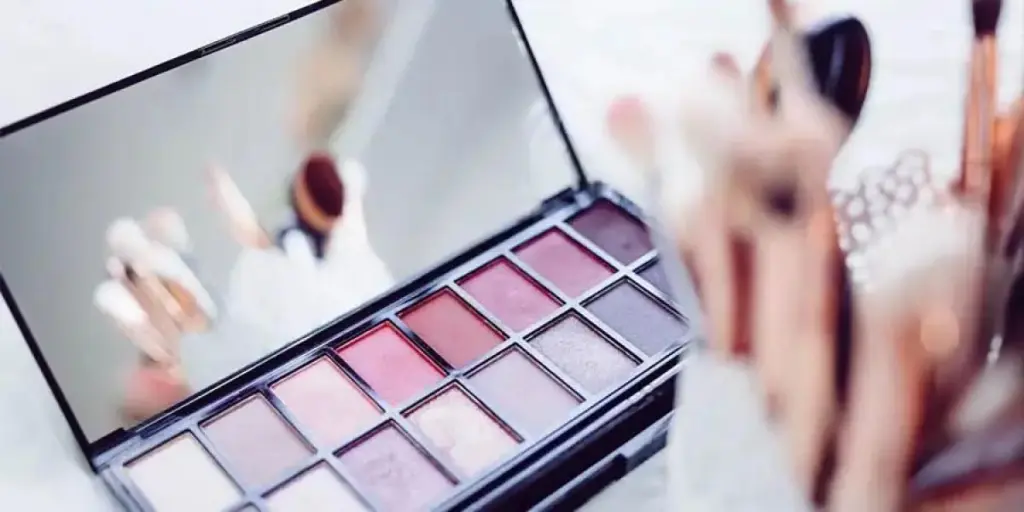The beauty industry is increasingly turning its gaze towards the backyard — not just for inspiration but as a vital resource in sustainable beauty. As we deepen our understanding of preservation and sustainability, soil emerges not only as an essential element to protect but also as a cornerstone in the development of skincare products.
Table of Contents
● The importance of soil in sustainable beauty
● Circular systems and regenerative farming in beauty
● The rise of soil-based beauty ingredients
● Compostable packaging innovations in skincare
The importance of soil in sustainable beauty
The beauty industry is increasingly recognizing soil as a foundational resource, vital not only for its ecological benefits but also for its potential in sustainable product development. As awareness of environmental impacts grows, both consumers and brands are looking to minimize their ecological footprints.
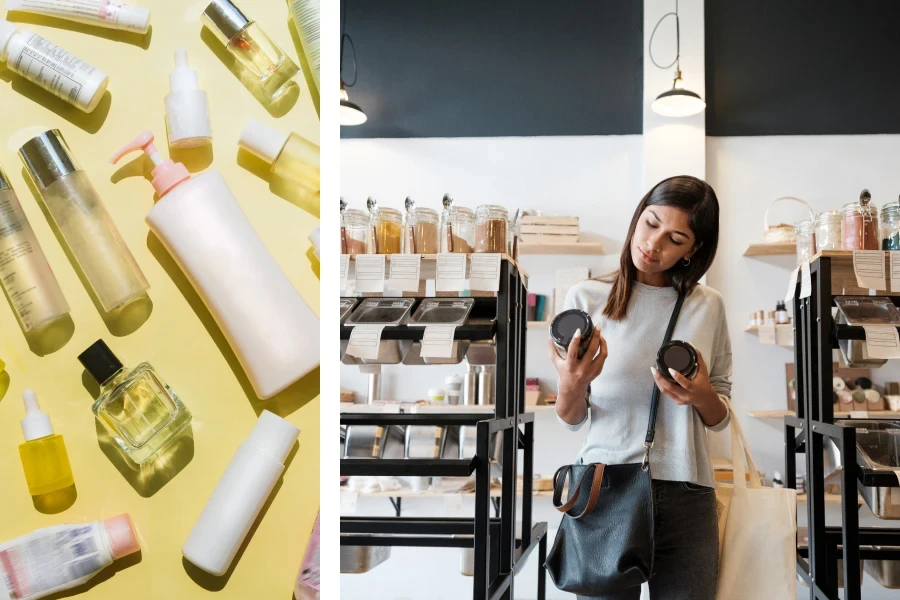
Soil, rich in nutrients and essential for biodiversity, is now seen as something to be protected and enhanced, much like the skin. This preservation mindset is driving new trends in beauty, where the health of the soil is directly linked to the health of the consumer. By protecting soil, brands are not only safeguarding the planet but also ensuring the long-term viability of natural ingredients that are crucial for their products.
Circular systems and regenerative farming in beauty
In response to the need for more sustainable practices, beauty brands are adopting circular systems and regenerative farming techniques. These methods focus on restoring and enhancing the natural cycle of the ecosystems from which ingredients are sourced. Regenerative farming practices, such as crop rotation, cover cropping, and reduced tillage, help maintain soil health, increase water retention, and sequester carbon.
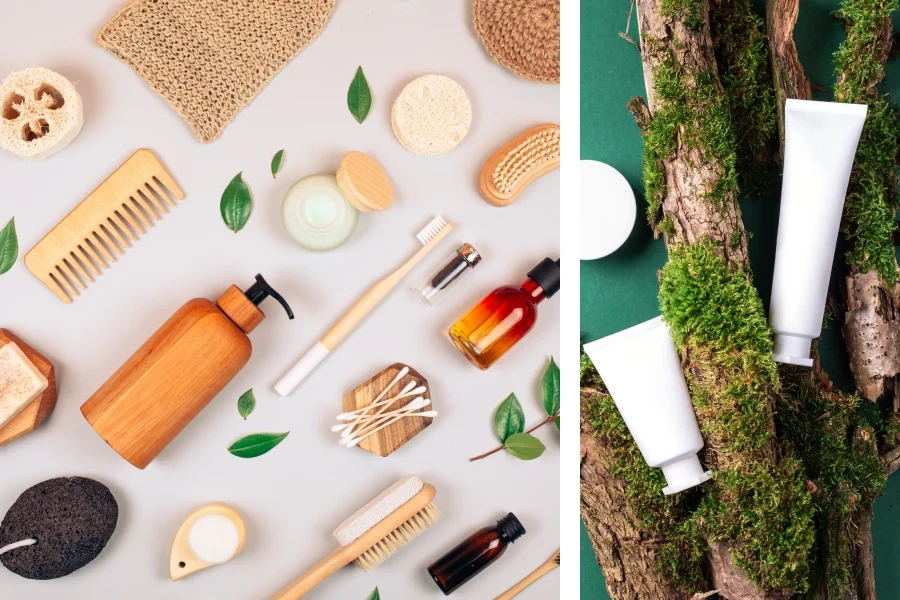
Circular systems in beauty might involve using waste materials as resources, promoting zero-waste packaging, and encouraging the recycling and composting of products. These practices ensure that beauty brands operate sustainably and contribute positively to environmental conservation, creating products that consumers can feel good about.
The rise of soil-based beauty ingredients
Exploring the untapped potential of soil and its inhabitants, beauty brands are discovering new, sustainable ingredients. Microbes and worms, for example, play essential roles in enriching the soil and are now being recognized for their benefits in skincare formulations.
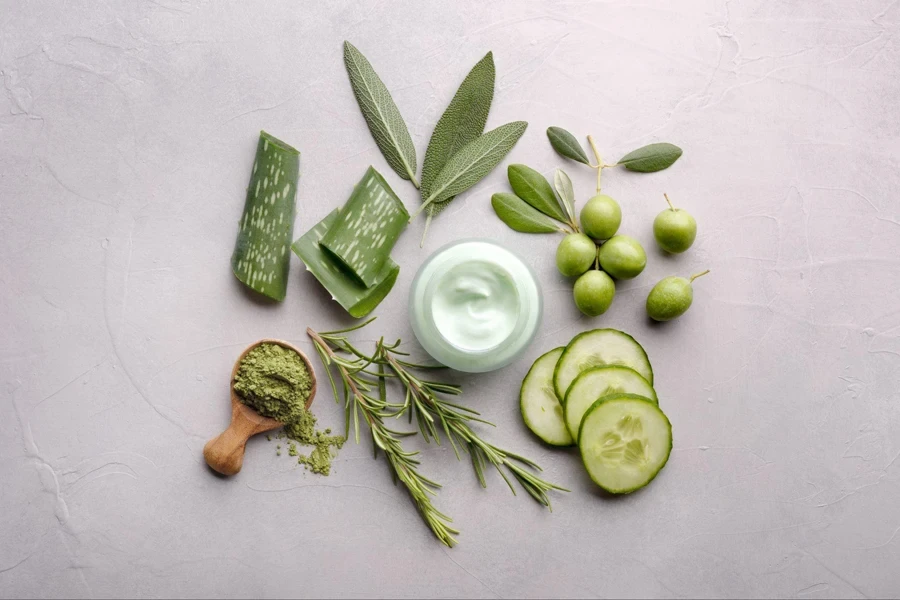
These organisms help break down organic matter, releasing nutrients that are highly beneficial for the skin. Similarly, insects are being studied for their rich chemical compositions, which can offer anti-inflammatory and healing properties. This shift towards soil-based ingredients not only opens up new avenues for product innovation but also aligns with the increasing consumer demand for natural and eco-friendly beauty solutions.
Compostable packaging innovations in skincare
As sustainability becomes a more pressing concern, the beauty industry is innovating with new types of packaging to reduce environmental impact. Compostable packaging materials that break down and offer nutrients to the soil are gaining popularity.

These materials often contain active ingredients like nitrogen and potassium, which enhance the soil’s fertility when they decompose. This approach not only helps in reducing the waste associated with beauty products but also contributes to a circular economy model where product life cycles are designed to have a positive environmental impact. Brands that adopt these practices are not only leading the way in sustainability but are also meeting the growing consumer demand for responsible and eco-conscious products.
Conclusion:
As the beauty industry progresses, the embrace of “Backyard Beauty” reflects a transformative shift towards sustainable practices that honor and utilize the earth’s natural resources. The recognition of soil as a critical element, the implementation of circular systems and regenerative farming, the innovative use of soil-derived ingredients, and the development of compostable packaging options are all testaments to a growing commitment to environmental stewardship. By focusing on sustainability, the beauty sector not only enhances its ecological footprint but also aligns with the evolving values of consumers who prioritize both the efficacy and ethical implications of their beauty choices. This trend towards soil-centric sustainability in beauty is not just a fleeting style but a fundamental movement poised to reshape the industry’s future, making beauty a powerful force for positive environmental impact.
